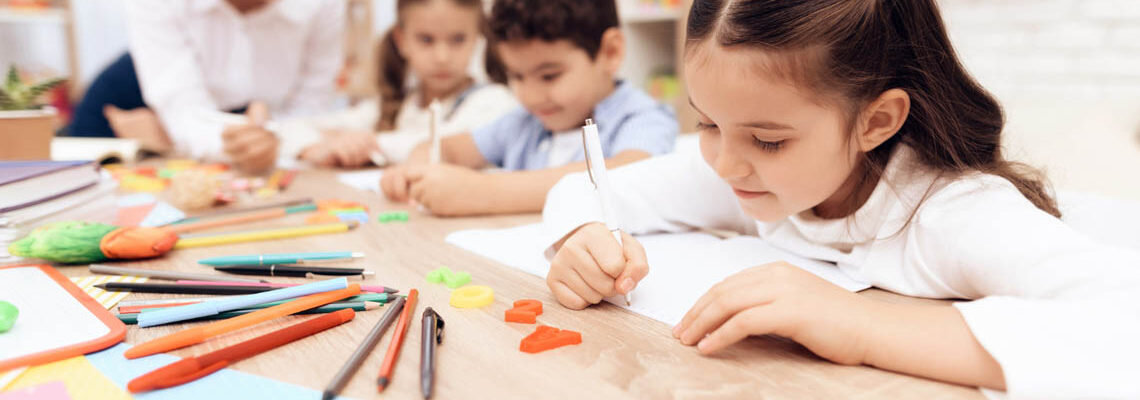
As our students head back to the classroom, emotions can run high, cycling between excitement and fear. From the moment they first walk into the classroom, students are evaluating teacher credibility, consciously or unconsciously asking:
Can I trust you?
Do you care about me?
Are you a good teacher?
These three elements make up the core of teacher credibility or students’ belief in their teacher. And research shows teacher credibility has a significant influence on student achievement.
Now, we can’t build credibility in a day. However, awareness of how our actions affect our students’ perceptions allows us to continually build better classroom relationships, ultimately leading to increased student motivation and achievement.
Please note, when thinking about teacher credibility, what really matters are students’ perceptions of us. We may care about our students and be experts in our content, but if our students don’t perceive this, it doesn’t matter. Many of our students may face challenges that prevent them from fully trusting us. The good news is we can help all of our students grow to trust and believe in us!
Three ways to build trust and credibility with your students
Teach with thoughtful urgency
- Have a well-planned lesson that’s neither too little nor too much for your allotted class time. If it feels like you are just filling time, then students will not feel like your class is important. A thoughtful, well-paced lesson shows that you are a capable and knowledgeable educator.
- Have a clear plan for the first and last minutes of class. This tells students you are prepared, organized, and value learning time.
- However, urgency doesn’t mean the class should feel hurried or stressful. Be thoughtful and intentional.
Engage in the learning activity
Students will be less willing to participate in an activity the teacher isn’t doing herself. By engaging in the lesson with students, you send the message that this work is valuable.
- For example, share your own writing as an example and model the writing process.
- Provide your own interesting knowledge about the content that students can’t just get from the textbook.
- If you are using an online discussion board, actively participate in the conversation.
Get to know your students
This might feel obvious, but getting to know your students, personally and academically, shows your care and respect. Look for the positives in all of your students (even if that can feel like a struggle sometimes) and avoid judgment.
This classroom dedication activity is a great way to not only get to know more about your students but for them to learn about you and each other, ultimately building a supportive classroom culture.
Here’s how it works: for the first 30-60 seconds of class, a student shares about an inspirational person in their life and dedicates the day’s learning to that person. Read more about this idea, from educator Henry Seton, here.
If students feel their teacher is trustworthy, caring, and competent, they will be more engaged, more likely to take on and persevere through challenges, and ultimately reach greater academic achievement.
To learn more about what you can do to improve your students’ engagement and motivation, join our online course, Fostering Engagement, beginning in October!


